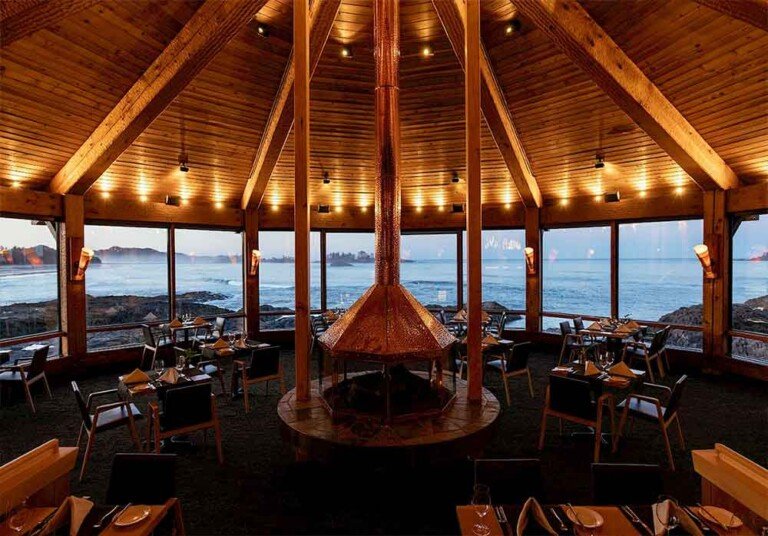Peace Arch is not a typical BC Provincial Park, instead it is a testament to peace between Canada and the United States. The main attraction here is the imposing white monument called Peace Arch, a unique symbol of peace and friendship between Canada and the US.
The monument was constructed in 1921 commemorating the signing of the Treaty of Ghent on December 24, 1814, which ended the War of 1812 between the US and Britain. Sam Hill, a prominent American businessman, conceived the idea of the arch. Mr. Hill laid a hollow cornerstone within which he placed a hammered steel box made from the steel of a captured slave ship. Inside the box, he placed a piece of the Beaver and the Mayflower.
The arch was the first of its kind in the world, and today remains an open gate between Canada and the US, bearing the inscription May These Gates Never Close. The historical Peace Arch has engravings: Children of a Common Mother, on the Washington side, and Brethren Dwelling Together in Unity on the British Columbia side.
School children from the United States and Canada donated money for the purchase of the land surrounding the Peace Arch, and on November 7, 1939, the Canadian portion of the Peace Arch Park was officially dedicated. The park encompasses 16 hectares, of which 9 hectares are located on the Canadian side. Management of the park is a joint effort between BC Parks and Washington State Parks.
The park’s landscape consists of beautifully maintained grass lawns, a lily pond, and flower gardens in the shape of the Canadian flag. At sunny times of the year, Peace Arch Provincial Park attracts almost as many photographers as it does motorists who must wait patiently for their turn to cross the border. The floral landscaping in the park is another reason that visitors come here with cameras in hand. On sunny days, particularly when the long afternoon sun begins to drop towards Vancouver Island, Semiahmoo Bay dazzles with its powerful reflection of light. This a good location for big sky shots of the fiery variety.
There are picnic tables scattered throughout the park and a children’s playground near the north end. The park also has an indoor picnic shelter that was built in 1948, making it the oldest of its kind in the provincial park system. The shelter’s natural wood finish and picturesque setting have made it a very popular picnicking site. The facility can seat 150 people and has a maximum capacity of 800. The kitchen has five double hotplates and four sinks with hot and cold water. All groups are expected to be considerate and share the facility, and no group has exclusive use of the shelter.
The park is located about 40 km south of Vancouver, straddling the 49th parallel on the International Boundary between Canada and the USA at the Douglas Border crossing. This is at the junction of Highway 99 in British Columbia and Interstate 5 in Washington State.
Nearby Regions & Towns
Park Notices





